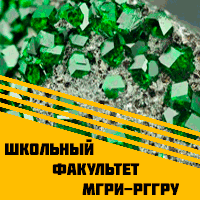Добрый день, Коллеги. Важное сообщение, просьба принять участие. Музей Ферсмана ищет помощь для реставрационных работ в помещении. Подробности по ссылке
Sandstone diagenesis: Recent and ancient / Диагенез песчаника: современный и древний
Diagenesis comprises abroad spectrum of physical, chemical and biological post-depositional processes by which original sedimentary assemblages and their interstitial pore waters react in an attempt to reach textural and geochemical equilibrium with their environment (Curtis, 1977; Burley et al., 1985). These processes are continually active as the mbient environment evolves in terms of temperature, pressure and chemistry during the deposition, burial and uplift cycle of basin history. As such, diagenesis encompasses a broad spectrum of post-depositional modifications to sediments. It ranges from weathering in subaerial environments and oxidation in the water column, includes compaction and lithification of sediments during burial, and eventually grades through a continuum into low-temperature metamorphism. In both humid and arid climates where geochemical eactions approach completion, gibbsite, kaolin group minerals and smectites form from aluminosilicate precursors. In cooler, temperate climates a greater variety of clay minerals occurs in weathering profiles reflecting metastable, intermediate breakdown products of aluminosilicates. Diagenesis is differentiated from metamorphism by a variety of mineral and thermal-history indices (Fig. 1; Frey, 1987; Slater et al., 1994), but broadly a temperature transition of 180-250°C is thought to separate the two regimes. The classic transition from diagenesis to metamorphism was described eloquently in the Salton Sea geothermal field, south-east California, where sandstones of broadly similar composition are present over a temperature interval of 100°C to 350°C (McDowell & Elders, 1980). <...>




